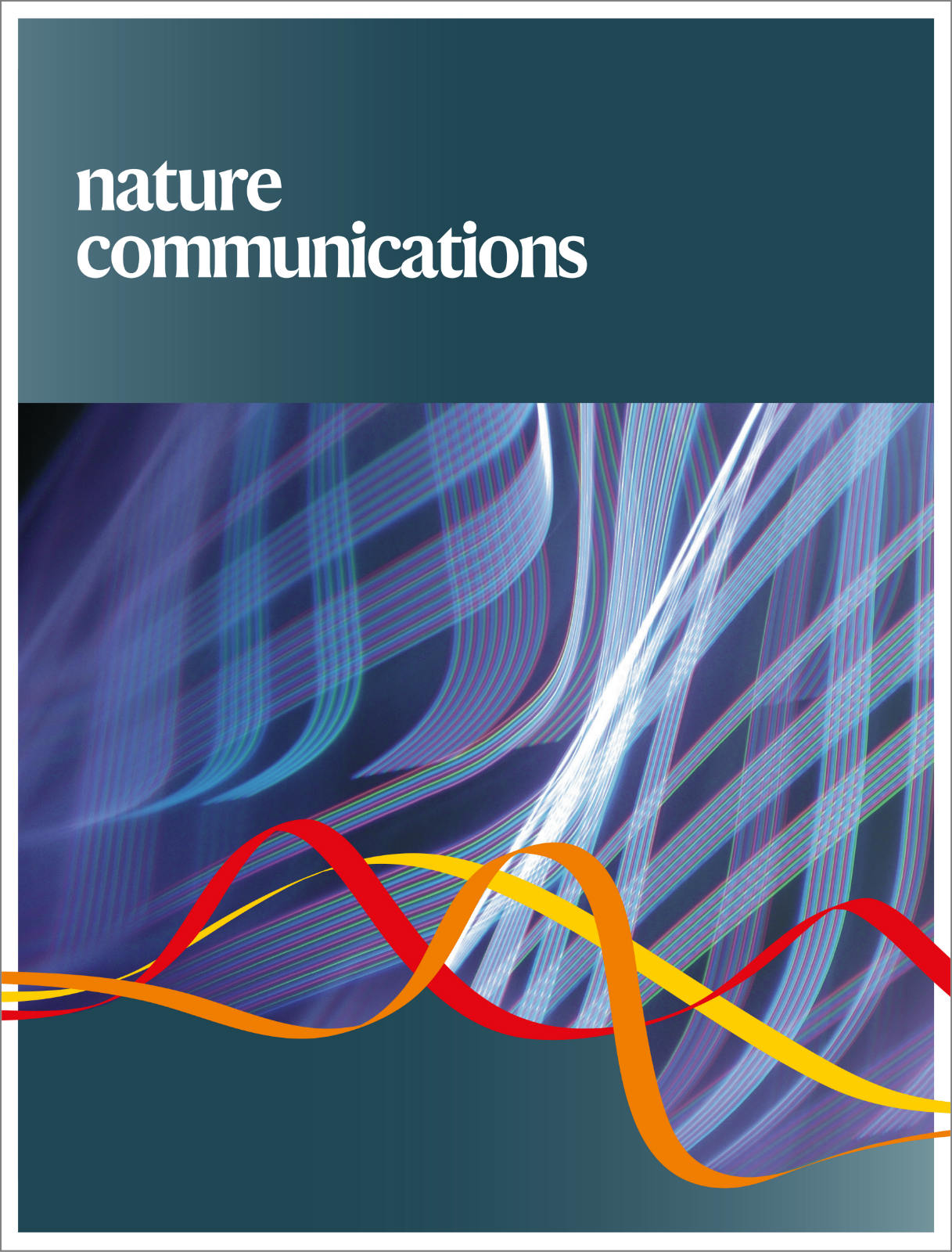Cofactor-independent photo-enzymatic reductions with water mediated by reductive graphene quantum dots.
IF 15.7
1区 综合性期刊
Q1 MULTIDISCIPLINARY SCIENCES
引用次数: 0
Abstract
Enzymatic reductions catalyzed by reductases generally depend on reduced nicotinamide cofactors as a hydride source. However, for industrial viability, it is more cost-effective to use water as the hydrogen source, bypassing the requirement for the cofactor. Here we report a hybrid photo-biocatalyst system based on infrared (IR) light and responsive reductive graphene quantum dots (rGQDs), for performing the direct transfer of hydrogen from water to prochiral substrates. The photo-biocatalyst, assembled from rGQDs and cross-linked aldo-keto reductase (AKR), mediates the synthesis of the pharmaceutical intermediate, (R)-1-[3,5-bis(trifluoromethyl)-phenyl] ethanol ((R)-3,5-BTPE), in 82% yield and >99.99% ee under IR illumination. Our photo-enzymatic systems can also be effectively used to drive the enzymatic reduction of imines and alkenes. Since the hybrid photo-biocatalysts are insoluble, they can be readily recovered and recycled. This work opens new avenues to create artificial photo-biocatalyst systems, enabling the facile coupling of renewable solar energy and sustainable chemical production.还原性石墨烯量子点介导的与水无关的光酶还原。
由还原酶催化的酶还原通常依赖于还原的烟酰胺辅助因子作为氢化物来源。然而,为了工业可行性,使用水作为氢源更具有成本效益,绕过了对辅因子的要求。本文报道了一种基于红外(IR)光和响应性还原性石墨烯量子点(rGQDs)的混合光生物催化剂系统,用于将氢从水中直接转移到前手性底物。该光生物催化剂由rGQDs和交联醛酮还原酶(AKR)组装而成,在红外光照下催化合成医药中间体(R)-1-[3,5-双(三氟甲基)苯基]乙醇((R)-3,5- btpe),产率为82%,ee为99.99%。我们的光酶系统也可以有效地用于驱动亚胺和烯烃的酶还原。由于混合光生物催化剂是不溶的,它们可以很容易地回收和循环利用。这项工作为创建人工光生物催化剂系统开辟了新的途径,使可再生太阳能和可持续化学生产能够轻松耦合。
本文章由计算机程序翻译,如有差异,请以英文原文为准。
求助全文
约1分钟内获得全文
求助全文
来源期刊

Nature Communications
Biological Science Disciplines-
CiteScore
24.90
自引率
2.40%
发文量
6928
审稿时长
3.7 months
期刊介绍:
Nature Communications, an open-access journal, publishes high-quality research spanning all areas of the natural sciences. Papers featured in the journal showcase significant advances relevant to specialists in each respective field. With a 2-year impact factor of 16.6 (2022) and a median time of 8 days from submission to the first editorial decision, Nature Communications is committed to rapid dissemination of research findings. As a multidisciplinary journal, it welcomes contributions from biological, health, physical, chemical, Earth, social, mathematical, applied, and engineering sciences, aiming to highlight important breakthroughs within each domain.
 求助内容:
求助内容: 应助结果提醒方式:
应助结果提醒方式:


